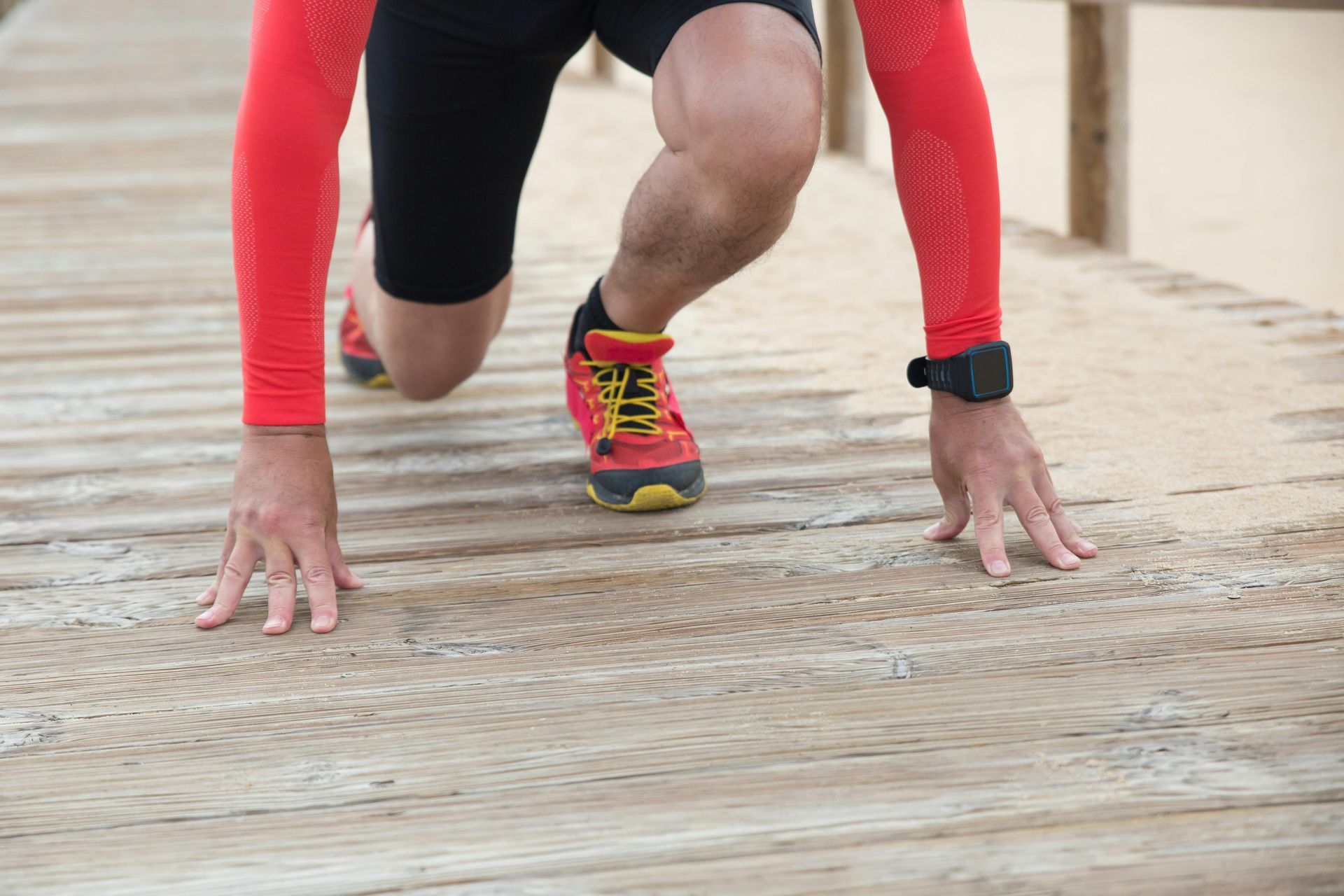
COACH’S CORNER - Get The Best of your running power By Chris Neale
chris neale from summit endurance coaching covers what running power is, how power meters work, and the key considerations that make them a valuable tool

Whilst pace and heart rate are generally reliable metrics for measuring, managing, and maximising training load under shorter, more tightly controlled race conditions, ultras, especially those run on trails present a range of environmental challenges that in my view, remove much of the efficacy and reliability of these performance metrics. So, what would constitute a great metric for ultras you might ask?
Given the game we play, it needs to be one that delivers reliable data—consistently and accurately—across as many environmental and training contexts as possible, as often as possible. As both a coach and an athlete, I’ve seen firsthand how effective a quality power meter can be for ultra athletes and coaches alike. When tested and interpreted correctly, running power provides the most consistent and actionable quantitative feedback available today.
This article serves as a primer of what running power is, how power meters work, and the key considerations that make them, in my view, a valuable tool well worth your consideration.
What is Running Power?
Running power is a real-time estimate of the energy output required to run. Measured in watts (W), it reflects the rate at which you’re doing mechanical work - accounting for pace, vertical gain/ loss, wind resistance, surface, and form.
What is a Power Meter?
A running power meter is a wearable device—most notably a foot pod (e.g., Stryd)—that uses accelerometry, barometry, and wind sensors to model your energetic cost per second. It outputs data to your watch or app in watts. Importantly, I use Stryd both in my own training and racing and with my clients but have no affiliation with the product itself. Unlike pace (which tells you speed) or heart rate (which tells you your body’s delayed response to training load), power gives immediate intensity feedback in real time, across nearly all terrain types (more on that in a bit)..
Power Training Zones
If you’ve used heart rate zones before, power zones work in much the same way. Power zones are based on your Functional Threshold Power (FTP - loosely defined as the maximum average power you can sustain for 30 to 60 minutes, depending on your level of fitness. In training, FTP serves as the anchor for all intensity zones. We can repeatedly test FTP over time to prescribe intensity zones, track aerobic development over time, and predict race performance when used in conjunction with fatigue calculations and expected race durations. Importantly, whereas many training plans determine your required training paces based on the desired goal race time, testing your FTP at the start of a training block provides a realistic, individualised baseline representative of your actual fitness across a training cycle.
Is flat running FTP the same as uphill FTP?
For some athletes, yes—threshold power is relatively consistent whether they're running on the flat or uphill (up to grades of 12-15%). Some runners can sustain higher power output uphill than on the flat, due to better muscular recruitment or biomechanics. Others are more efficient on the flat. In recent years, my uphill FTP has always been around 3% higher than on the flat (310W compared to 300W), and this also meant that my race power targets for climbs have historically been a touch higher than their flat running equivalent.
Power vs Pace on Trails
Pace is a poor proxy for effort on variable terrain as it fails to account for any significant elevation gain/loss, wind resistance and surface variability. In a workout scenario, you might be tackling some hill reps on a steep grade. Obviously your pace will be far slower for the same effort as it would be running on the flat, meaning it has no consistent relationship to intensity. Throw in a few subtle changes in gradient and pace will vary accordingly, further muddying the waters. Power on the other hand is a far more stable option as it allows you to vary your pace to the changes in terrain all whilst executing a consistent intensity.
Power vs Heart Rate
Heart rate takes time to respond to changes in effort. In keeping with the previous hill rep example, if the gradient eases off slightly and you don’t increase your pace accordingly, your heart rate will lag behind—often giving the impression that you’re still working hard when, in fact, the intensity demand has dropped. Perhaps an even clearer point to make is that heart rate is affected by a plethora of variables, all of which we can expect to encounter in a long ultra, including caffeine intake, poor sleep, mounting fatigue, ambient temperature, altitude, humidity, stress, and digestion. Finally, the phenomenon of cardiac drift can come into play—where heart rate drifts downward despite increasing effort, typically due to accumulating fatigue, dehydration, or rising core temperature. This can make heart rate an unreliable metric in the later stages of long runs or races, especially in hot or hilly conditions.
Power vs RPE
For many coaches and athletes, RPE is the gold standard for monitoring training load and race day performance. Whilst I see a lot of merit in a well tested and highly experienced sense of RPE, it is not without its drawbacks; namely, when the excitement of race day courses through your system. Combine a high level of race day stoke with freshly tapered legs and your sense of effort can easily be distorted, making it all too easy to set out too fast and hard when things feel real easy. It’s only when you’re a few hours in that you might discover those early miles were not, in reality, all that easy, and the damage is already done. A power meter removes the guesswork by giving you a clear number or range to stay under/ within, ensuring you race to the potential of your training and current fitness. Whether you’re running uphill, downhill, on the flat, or hiking, you can define power zones across months of training that determine ranges appropriate for those movement types - maximising both the quality of your training and your ability to perform to your potential on race day.
Can a Power Meter Work on Sand or Technical Trails?
Yes, with caveats. Devices like Stryd assume an energy cost model based on firm ground. On loose or deformable terrain (e.g., sand, mud), the actual cost of running increases but isn’t fully reflected in power output. Whilst not perfect, the consistent repeatability of the numbers means that with practice in similar conditions, you can learn how the numbers differ between ideal and less-than-ideal surface conditions for a similar effort. Likewise, navigating technical downhills may remove the opportunity to quickly glance at your watch and scout changes in power. Importantly however, in the case of a training route or race loop that repeats the same downhill, post-run analysis can show average power numbers over multiple segments.
How Does Power Perform in the Heat?
Tools like Steve Palladino’s SuperPower Calculator allow you to input a range of data including your current FTP, weight, goal race time etc. and can adjust your power targets based on heat index and altitude, enabling smarter pacing considerations.
Isn’t It Just Another Gadget?
Some critics see power meters as another product chasing a niche, offering marginal gains for a steep learning curve. The learning curve is real—but so is the reward. Athletes who invest in understanding power (through tools like the Power Duration Curve, Palladino’s calculators, and the work of AUTRA’s own Andy DuBois), gain access to real-time, terrain-agnostic effort data that no other wearable currently offers.









